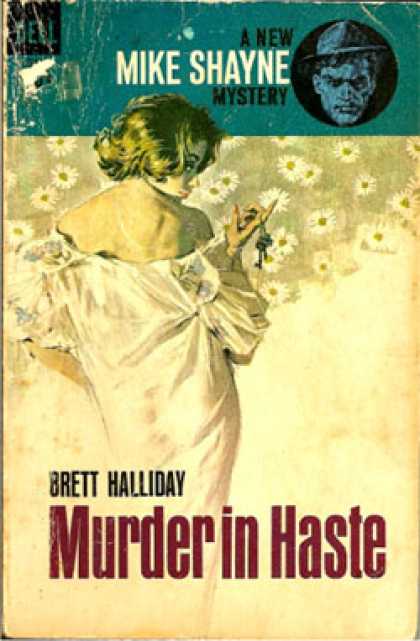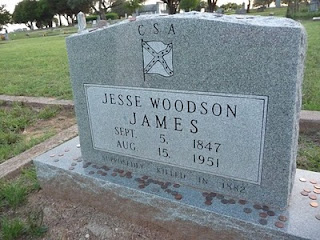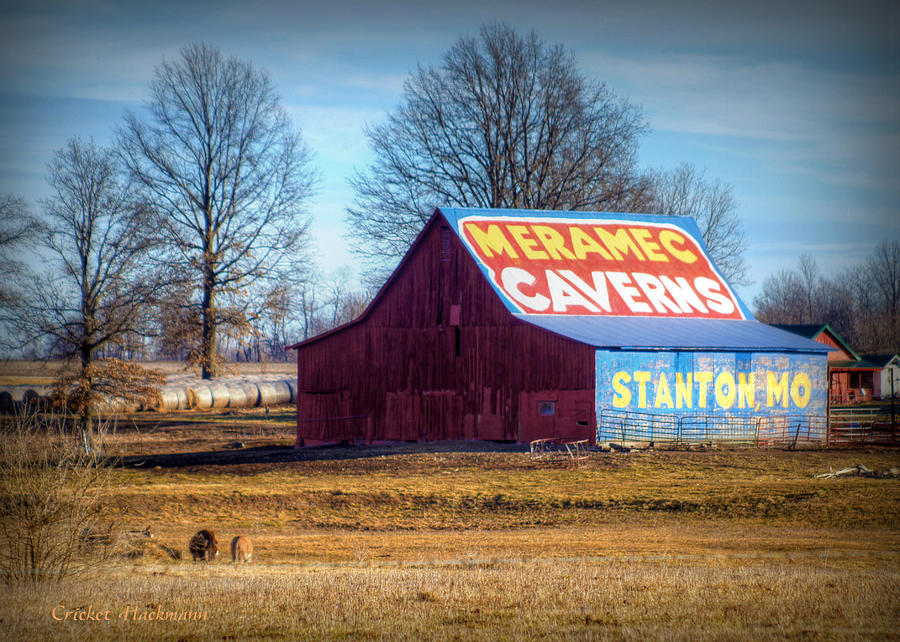The Best of Times…
Systems programmers held a unique niche in the multiple mainframe corporate structure. We didn’t practice ordinary commercial programming but were responsible for keeping the software side running– the operating systems, telecommunications, and utilities. The best of us knew assembly language– the cryptic machine instructions that underpin more or less human-readable languages like C, Cobol, Fortran, and Java. We dealt in bits and bytes, binary and buzzwords, not credits, debits, and balance sheets.
 |
 |
| Plane atop 77 Water St |
Walston was flush. Shortly after I joined, they moved into their fancy new skyscraper at 77 Water Street, a few steps south of Wall. It featured an artificial stream, a padded soda dispenser shaped like a floppy-eared dog, elevators illuminated like the night sky, and a full-size sculpture of a biplane on the roof. You can see it in the opening fly-over sequence of the disappointing movie The Forgotten; there you can spot the airplane still atop 77 Water.
Walston’s cast of characters included my boss Alex, his boss and vice president Paul, and an assistant vice president, Jim. Brokerage firms contain nearly as many vice presidents as they do brokers. The wrinkle in the relationship was Jim had originally hired Paul who passed him on the corporate ladder. Nearing his 25th year with the firm, Jim became marginalized, holding down a desk but no responsibility. Upon retirement, he planned to buy a Land Rover, move to South Africa, cultivate a mustache, and live a life of alternating adventure and leisure. As the weeks ticked away, that’s all he talked about.
 |
| Wall Street and Financial District |
It wasn’t unusual for large corporations to provide offices for their accounting firm, but it wasn’t kosher for one’s auditors to use provided offices to perform work for other companies. The rules for AA were different. As one of the accounting wonks said, saving office space didn't hurt anyone. It may have been true, but violating rules exemplified the looseness of managerial oversight.
Toad in the Hole
Walston brought in two consultants, guys who would tell a company the same common sense advice at five times the price of listening to their employees. That’s one reason I later became a consultant– companies pay to listen to you.
As far as I was concerned, this was more background noise, but one day my boss Alex called me into his office. There sat the consultants and two Arthur Anderson guys amid palpable tension. They wanted me to perform a task: write a program to scan files and ‘correct’ fields, i.e, numbers within the file.
I pointed out I didn’t do that kind of commercial programming and this was far more suitable a task for one of the Cobol programmers. No matter, they assured me, they wanted me. I should be flattered.
Who’s the analyst who designed this? I asked, not feeling the least flattered. I’ll talk with him. No, said the consultant, only you. The Anderson guys nodded while my boss frowned.
Reasonably, I protested that the Cobol programmers possessed the pension suite’s data structure templates. Without them, I had no idea what the data was. It would be like blindly machining a part while they withheld the blueprints, which could damage the data.
The Arthur Anderson guys exchanged glances. My boss started to fidget. The background noise sounded like a clanging alarm. Practiced deceivers they weren't. Something felt wonky but I didn’t know what. They didn’t quite say I had no need to know, only I needn’t be concerned.
Where did a shift of responsibility end and liability begin? Were they buying blind loyalty or blindness? A light bulb went on. I raised my last objection. What about the lack of an audit trail, I asked. Assembler language would bypass all the record and financial controls.
Of course they knew that. They went into a huddle. Moments later, my boss said coldly, “We’re done here. You’re dismissed.”
I slogged back to my desk feeling dark and dysphoric. With good reason: shortly the VP called me in. He informed me the firm would cut my salary and no longer pay my tuition. Alan, the office political toady, would replace me.
Fire and Ice
Suddenly I didn't feel so brilliant. A thunderstorm had squalled up out of the blue. A kid like me didn’t make or have a lot of money and I desperately needed my classes. It didn’t dawn on me to ask why they didn’t dismiss me. Maybe they feared what they thought I knew or wanted to keep tabs on me, but my ego suggested they kept me because Alan the toady was incompetent and incapable of doing my job. He didn’t know machine language but he knew Cobol… and probably knew where to find the questionable data templates. Meanwhile, they were slamming me for questioning orders.
My boss and his boss cold-shouldered me. They almost fired me when the payroll department screwed up and continued paying my tuition, but as was pointed out, that was their error, not mine. We were at loggerheads, but they needed me as much as I needed the job.
The VP’s secretaries treated me with surprising sympathy and kindness. I don’t know how much they knew, but one took me out to lunch and the other gave me a small gift. In the cold light of Walston, they radiated warmth.
In the outside world, Ross Perot had been tacking his way through Wall Street, taking over data processing services, a forerunner of out-sourcing. When the F.I. DuPont scandal hit, Perot stepped in and bought the firm.
I received a cagey call from EDS, the company Perot founded, asking if I’d come to work for them. EDS had a rigid stiff-necked (most said 'tight ass') reputation with a dated, regimented dress code– white shirts, narrow dark ties, grey suits, pants with cuffs, shoes with laces. They subjected potential employees and their spouses to a battery of interviews. Creative thinking was not encouraged. EDS employees liked the money but not one I knew liked the company. I politely declined.
We picked up a programmer from DuPont. Perot had arrived in NYC and put his DuPont troops through sort of a surprise dress parade. As he marched down the line of employees, he came across a girl who wore the fashion of the day– a miniskirt– and fired her on the spot. At Walston, we didn’t mind miniskirts and hired her.
Word on the Street
One day, employees awoke to a lead article by the Wall Street Journal announcing Ross Perot would take over the computing facility of Walston. Vice President Paul turned shockingly white– he hadn't heard even a whisper– but brokerage houses mint vice presidents like they print stock certificates. The company denied the story and things sort of returned to normal.
Except an odd and unsettling thing happened. One month from his 25th year and retirement, Jim, the marginalized AVP found himself called into the VP’s office. Paul, the vice president, fired him. Full retirement gone, no Land Rover, no African adventure, no life of well-earned leisure.
Another discreet call came in for me. The woman on the other end asked me to identify myself, asked if I could talk privately, then said, “Please hold for Mr. Perot.”
Despite what I've heard before and since, Ross was polite, even gracious, and I was flattered he asked me to work for him. But, as I pointed out, I attended university full-time, I wasn’t as regimented as his usual workers, I enjoyed a bachelor life, and– thinking of Perot’s cozy relationship with Richard Nixon– our politics didn’t mesh. He’d famously said he didn’t like gunslingers and lone wolves– and I was the epitome.
He said, “Son, thank you for being honest,” and wished me well. I wondered why he wanted me.
Take Two
Once again, employees learned the news not from their own company but from the WSJ: For the second time within weeks, employees woke to a Journal article confirming Perot would be taking over Walston’s computing center. Again, our shocked vice president had been left out of the loop.
When Perot dropped in to inspect the troops, he spotted the same girl in her minidress we’d hired from F.I. DuPont and again fired her on the spot. Can’t say Perot wasn't consistent.
Days later, Walston fired Vice President Paul two weeks from his 25th year– and full retirement. The firm dismissed the consultants and Arthur Anderson's office underwent a shake-up. Programmers found themselves not only locked out of the computer room, but locked out of the computers.
Except for me. A good systems programmer could run the shop without operators, without analysts, without programmers. Perot didn't trust Walston's people, which explained the recruitment calls to me.
A panicked EDS crew asked where certain files could be found. They asked if I could find backups of older versions. They asked if I knew anything about original programs and data alterations. Unsurprisingly, those hotly desired files were the same my bosses asked me to ‘correct.’ The unasked question finally arose: were they corrections or were they coverups?
I dug into the files only to learn what Arthur Anderson already knew. It appeared Walston’s proprietors had embezzled the company’s retirement fund. Now it made sense why they fired the AVP days from his 25th year. That’s why they fired the VP days from his 25th year. The money was gone, reflected in the records my bosses and Arthur Anderson (or certain employees within Anderson) desperately wanted 'corrected'. The scheme was so compartmentalized, I doubted how much any one party in my department knew, remembering my boss, Alex, claimed the instructions came from on high. "Just follow orders," he said.
I'd been lucky: What might have happened to the joker who tampered with the data? Alan had been lucky: Unable to find his assets with both hands, he'd botched the changes although he left an audit trail.
 | |
| Trinity Church framed by Wall Street |
Perot took over Walston, folding it in with DuPont and again saving Wall Street considerable embarrassment. Two and a half years later, he lost his financial shirt and dismantled a hemorrhaging DuPont Walston. Perot arranged for Congress to give him a special late night $15-million tax break, causing an outcry of socialism for the wealthy when the bill became public knowledge.
Dark forces on Wall Street gleefully watched Perot depart, some accusing him of trickery, some suing him on the way. Whatever the truth of that matter, Walston had been rotting internally before Perot arrived.
Arthur Anderson survived with their reputation barely sullied. Indeed, Anderson and Walston’s Glenn Miller caught more flack for the Four Seasons Nursing Centers scandal than the internal decay within their own firms. It would take the Enron affair to bring down Arthur Anderson.
My services remained in demand and I moved on, still on Wall Street, starting my masters degree before joining forces with two of the earliest software entrepreneurs.
Imagination Noir
In imaginative moments, it’s easy to envision the kernel of a mystery intrigue plot. I picture a John Grisham novel, a storyteller's movie in my mind like The Firm. Had Walston’s board reacted viciously and violently, I might have found myself in a dire plot, on the run for my life with a miniskirted damsel as VPs, AVPs, and Anderson drones dropped dead around me. Excited movie audiences would gasp between mouthfuls of popcorn, women would cry, and children would whisper, “He’s so bwave.”
Maybe a dastardly plot isn't so far-fetched considering the mysterious suicide (or assassination?) of Enron executive Clifford Baxter, about to testify before Congress. But in the world of finance, what’s crooked isn’t always an actionable crime. Commit a fraud of sufficient size and business will hush it up rather than prosecute– not unless something can be gained in the guise of ‘investor confidence’.
Footnote
The case ended with a gentler tone: I commuted to Wall Street on the Staten Island Ferry. One surprisingly sunny afternoon, I spotted Paul, the ex-vice president. He said hello and sat down across from me. Once again open and pleasant, he appeared the man I’d once liked– and could come to like again.
We didn’t talk about Walston. He explained he moved with his aging mother to Keene Valley in upstate New York. Turning his back on Wall Street, this former executive now worked as a carpenter. He spoke of small town pleasures where old men sat in front of the local hardware store whittling and discoursing upon merits of lawnmowers. For the first time in decades, he felt relaxed and at peace.
That pleased me. Paul wasn’t a bad man, merely a figure caught up in the machinating machinery of Wall Street. He offered his hand and we shook warmly.
Looking back, I think his chat was sort of penance, kind of an apology without the words. That was decent, more than many people would have done. And it was enough.
Besides, I’d eventually consult for banks, institutions where further fruits of fraud lay concealed beneath a public veneer.























